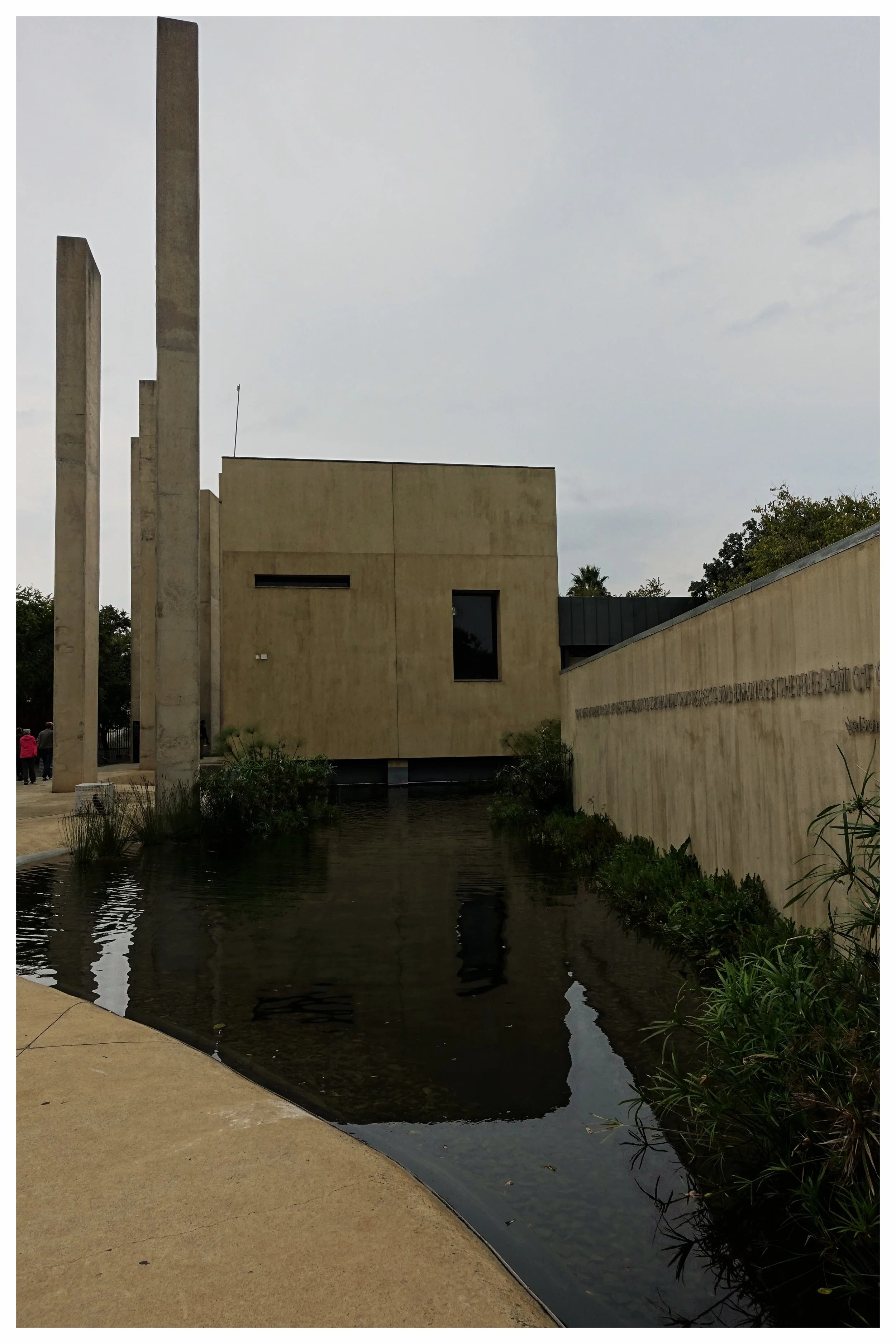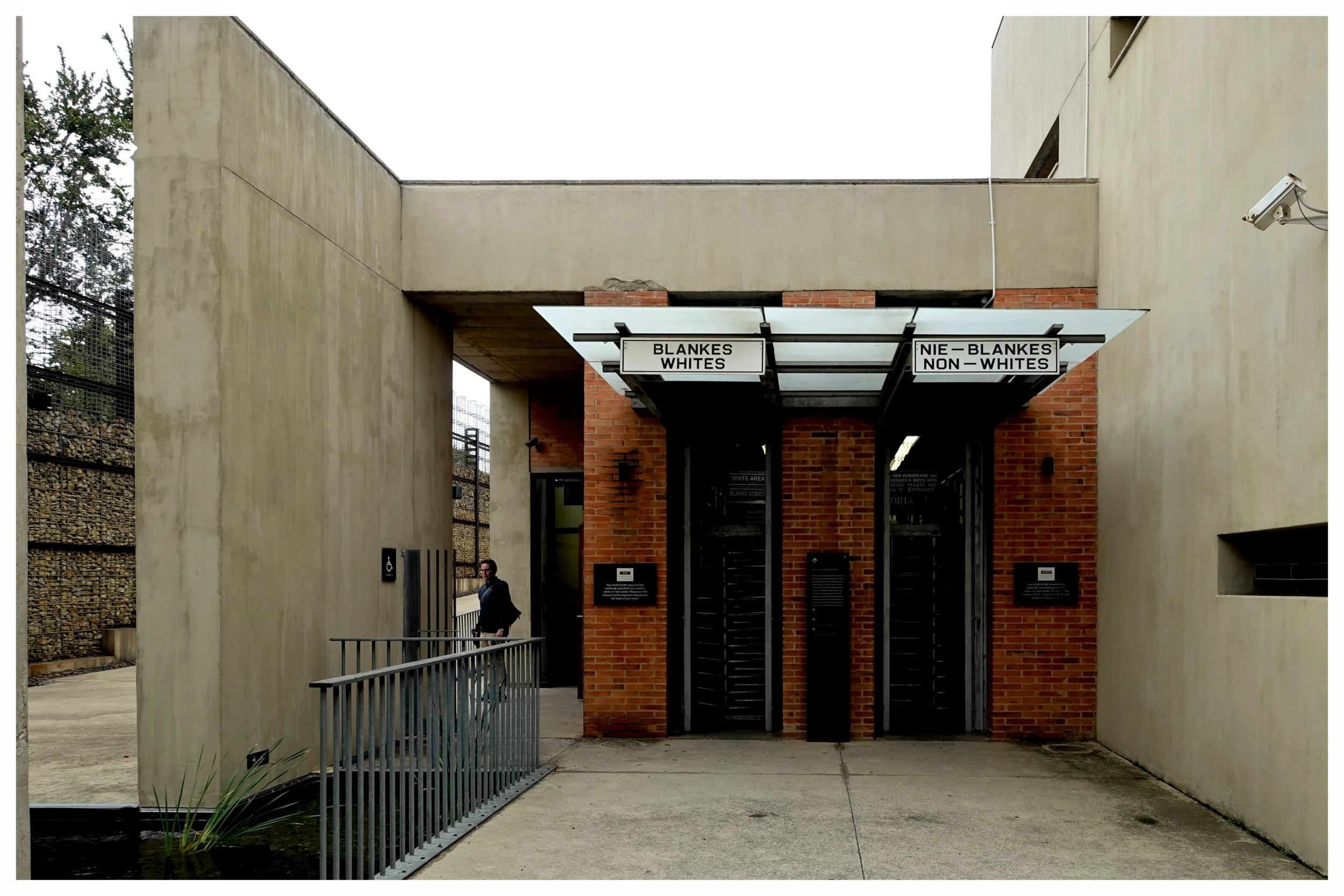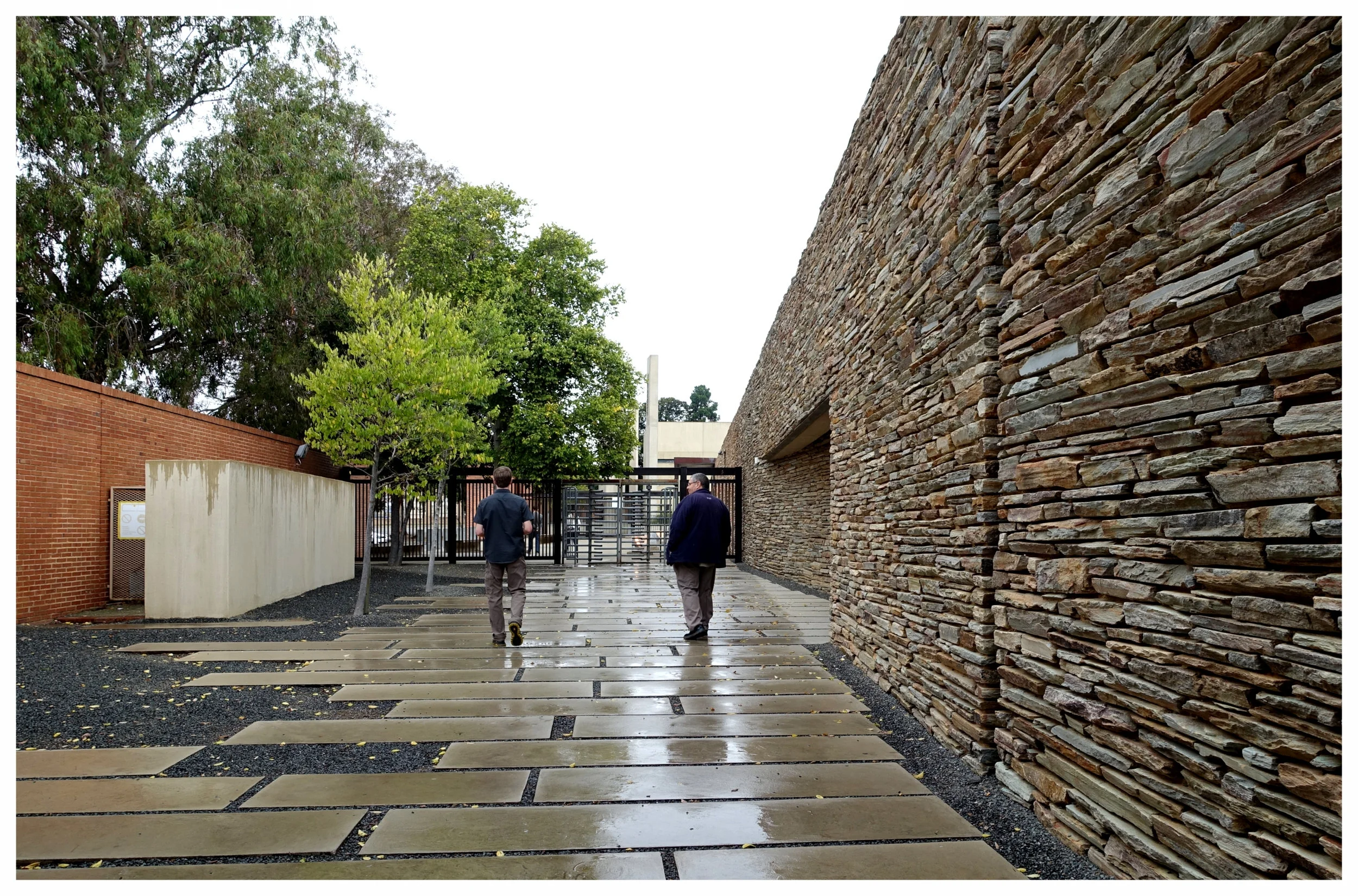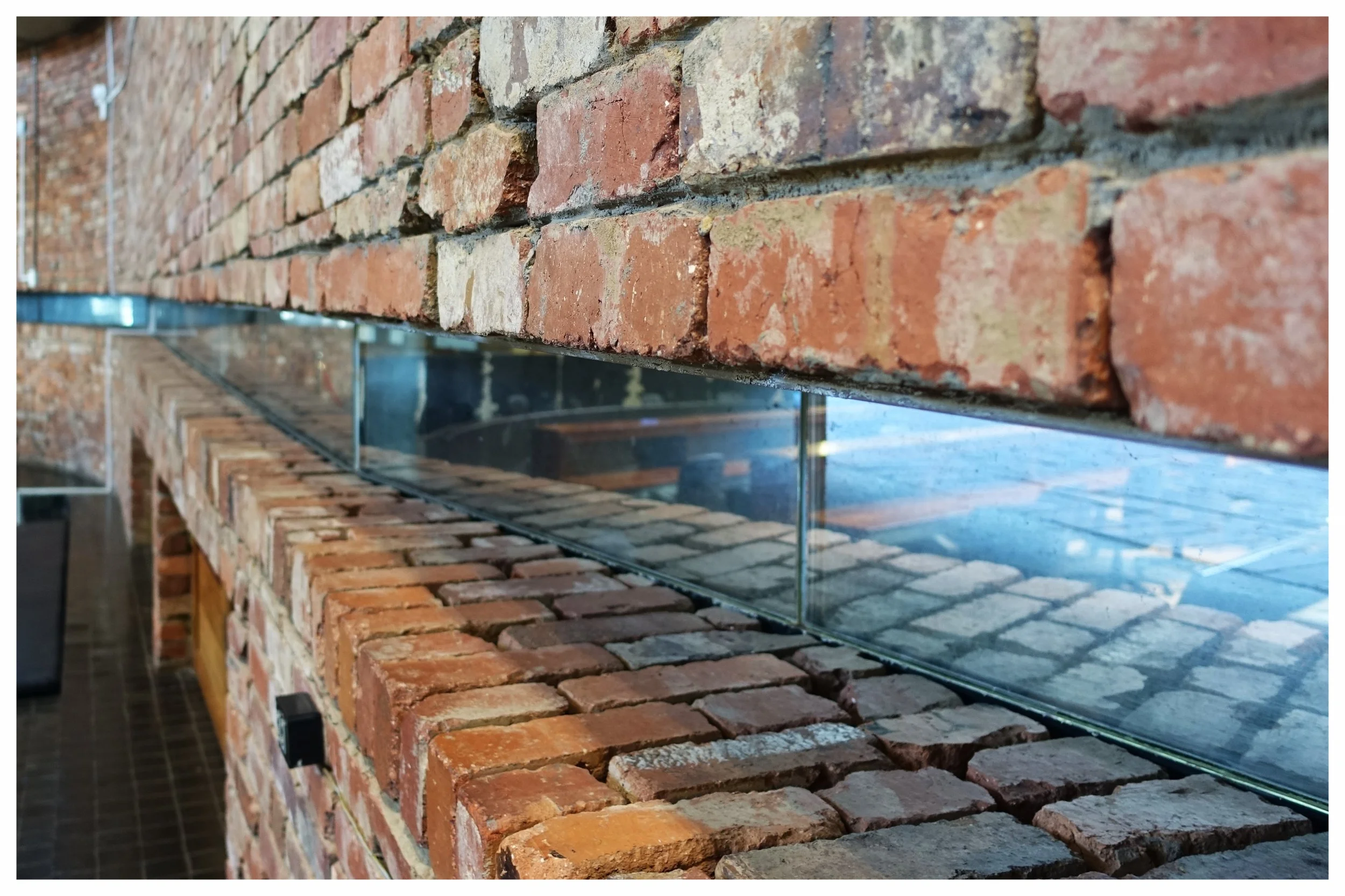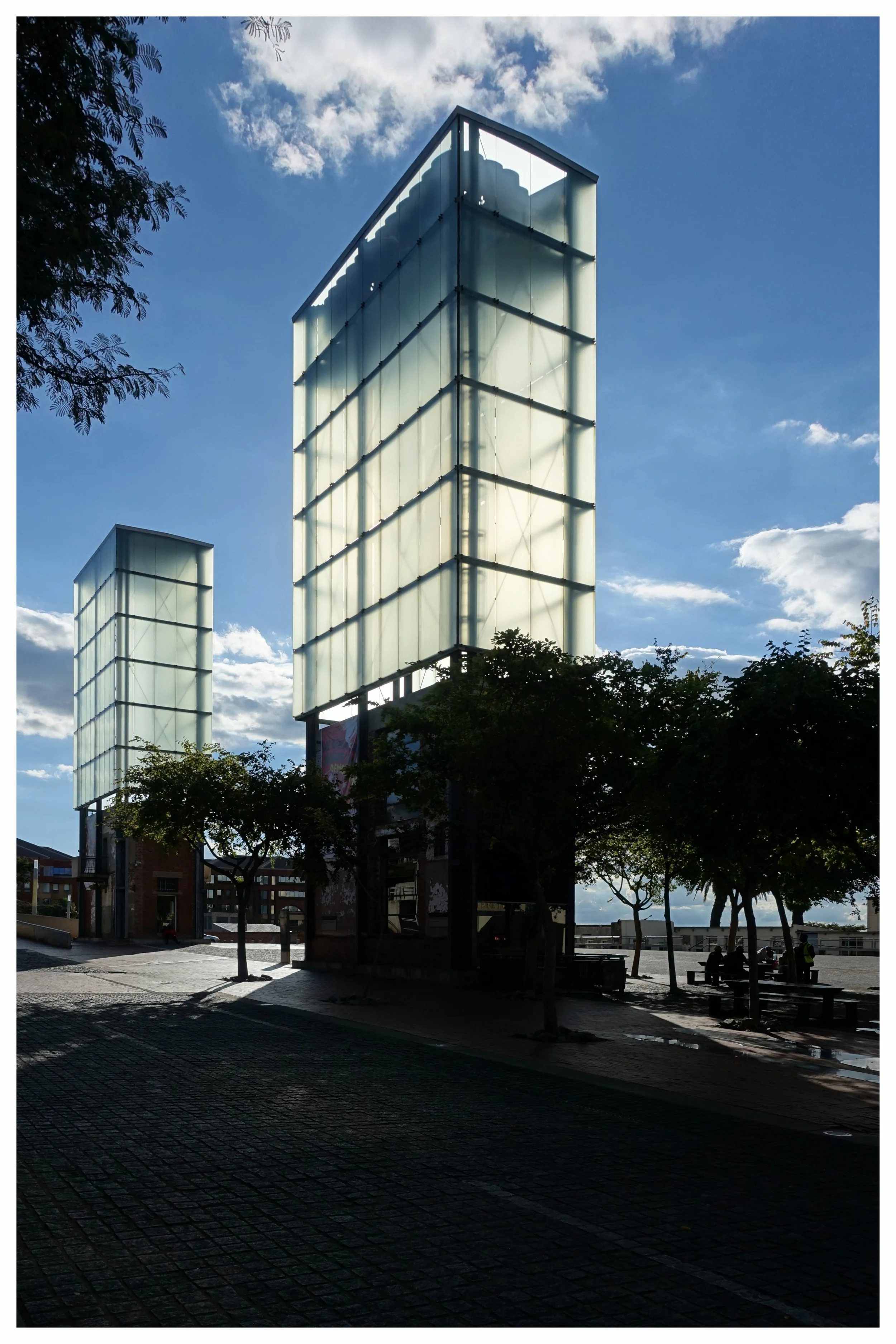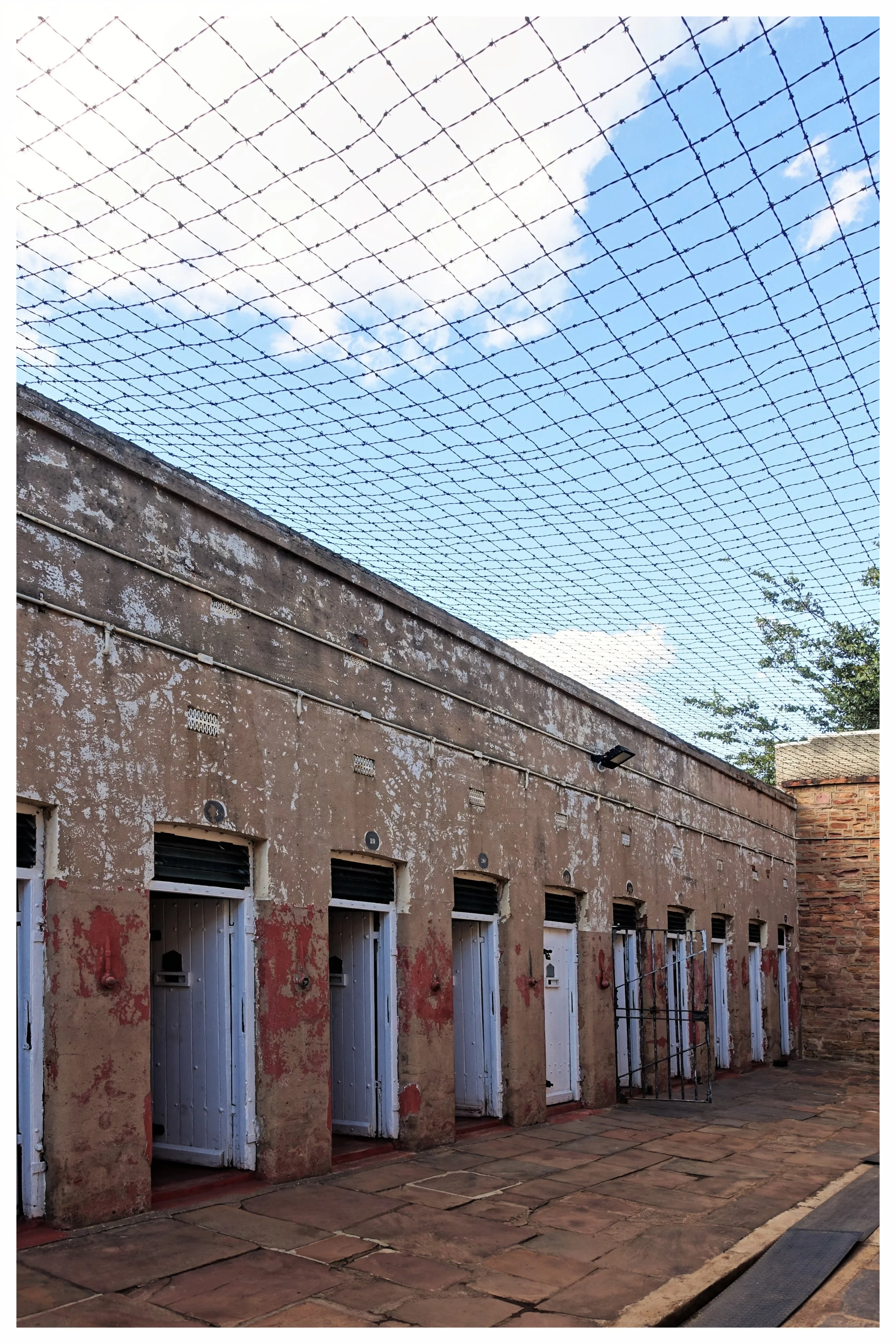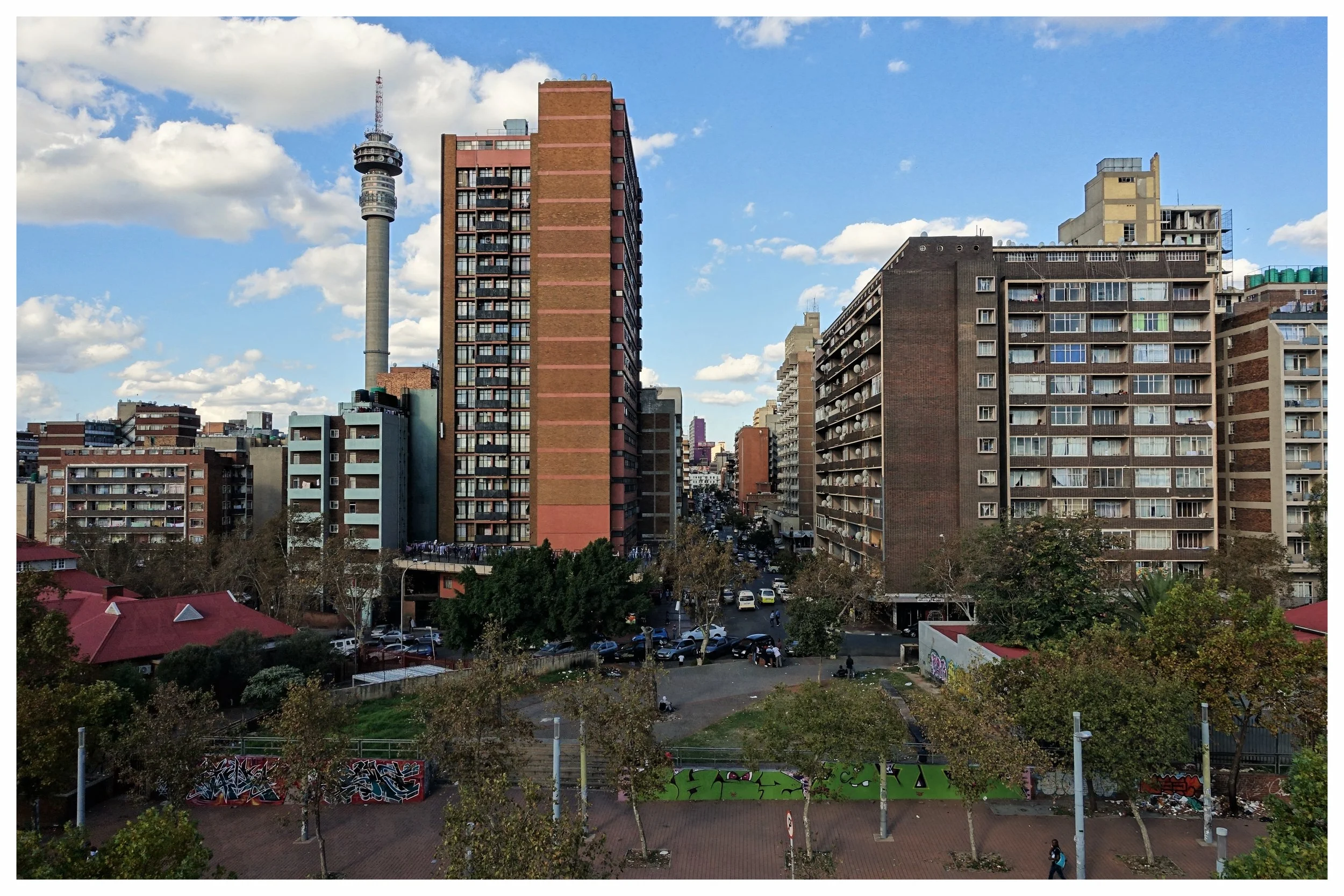First stop: Johannesburg
April 7, 2018
After a painful 15 hour flight, we made our way to Kirsten's Aunt & Uncle's house, where we would be staying for our first few days. We spent our time recovering from jetlag, but also exploring the city. Kirsten's uncle, Laurance, was a great tour guide who drove us to different neighborhoods and main sightseeing spots of Joburg. They also hosted a big family reunion...so good to see everyone after so many years, and have them all finally meet Reid!
Klipriviersberg - a hidden gem in Jozie
A few of our highlights included seeing Klipriviersberg Nature Reserve, the Apartheid Museum, and Constitution Hill as well as visiting the house Kirsten lived in when she was a baby.
The Apartheid Museum
The Apartheid Museum was opened in 2001, and was a collaboration between several architecture firms, including Mashabane Rose and Associates, GAPP Architects, Roodt Architects and others. It is a single long volume, partially embedded in the earth, designed with materials that speak to the mining history of South Africa. After entering along a stunning gabion wall, you wind downwards to a series of exhibit spaces which trace the origin, development, implementation, and final overthrow of the apartheid system in South Africa. The scale of the museum and depth of content meant we spent half a day here, leaving in a rather sober state as the museum forces you to confront the truths of a brutal racial-based system that was allowed to rule until the early 1990s.
“To be free is not merely to cast off one’s chains, but to live in a way that respects and enhances the freedom of others”
Constitution Hill
Constitution Hill is another incredible site that speaks to the history of Johannesburg. Originally commissioned by Paul Kruger as a prison in 1892, the fort was added around the prison in 1896 as part of an effort to increase the military capacity of Johannesburg. It was used as a fort during the South African War (Second Anglo-Boer War), where it housed over 500 prisoners of war. In 1904 the Number 4 (The 'Native Prison'), the Women's Jail, and an awaiting trial section were added to reduce overcrowding. When the National Party came to power and implemented the apartheid system in 1948, political prisoners housed in Number 4 began to steadily increase which led to worse conditions. In 1983, the prison closed and all prisoners were transferred to the Diepkloof Prison. In 1996, the site was chosen to house South Africa's new Constitutional Court, and an international design competition was won by the South African architecture firm OMM Design Workshop. Today, it is a living museum. Many famous leaders were imprisoned in the Old Fort, Women's Jail, and Number 4 (Black section of the prison) including Nelson Mandela, Mahatma Gandhi, Joe Slovo, Albertina Sisulu, Winnie Mandela, and Fatima Meer. The exhibits throughout the complex were another sobering experience, bringing to light the inhumane conditions prisoners (particularly non-whites) were kept in. Heavy stuff...
The 'awaiting trial' section was torn down as part of the process of building Constitiution Hill, each brick carefully preserved and reused for the main wall in the Constitution court. The stairwells of the trial section were preserved and encased in a glass screen, to remain as a monument to the dark history of the apartheid-era justice system.
Maropeng
After a few days in Joburg, we headed to Pretoria to spend the weekend with Kirsten's brother and his girlfriend. Apart from a delicious braai and family gathering, we also spent a day visiting The Cradle of Humankind, a world heritage site. It is home to the worlds richest hominin site - approximately 40% of the worlds known human fossils have been found here. It's an especially important site due to the recent discovery of Homo naledi, a previously undiscovered species. We visited Maropeng (The visitors center) and the Sterkfontein Caves (one of the main fossil sites and active excavation area of Homo naledi).
Maropeng, meaning "returning to the place of origin" in Setswana, is the main visitor and exhibition center designed by GAPP Architects and Mpethi Morejele Architects. This building, known as the Tumulus building, was designed to be evocative of a giant burial mound and serves as the main approach to the exhibits. A great way to wrap up our week in Gauteng!
View over The Cradle of Humankind


